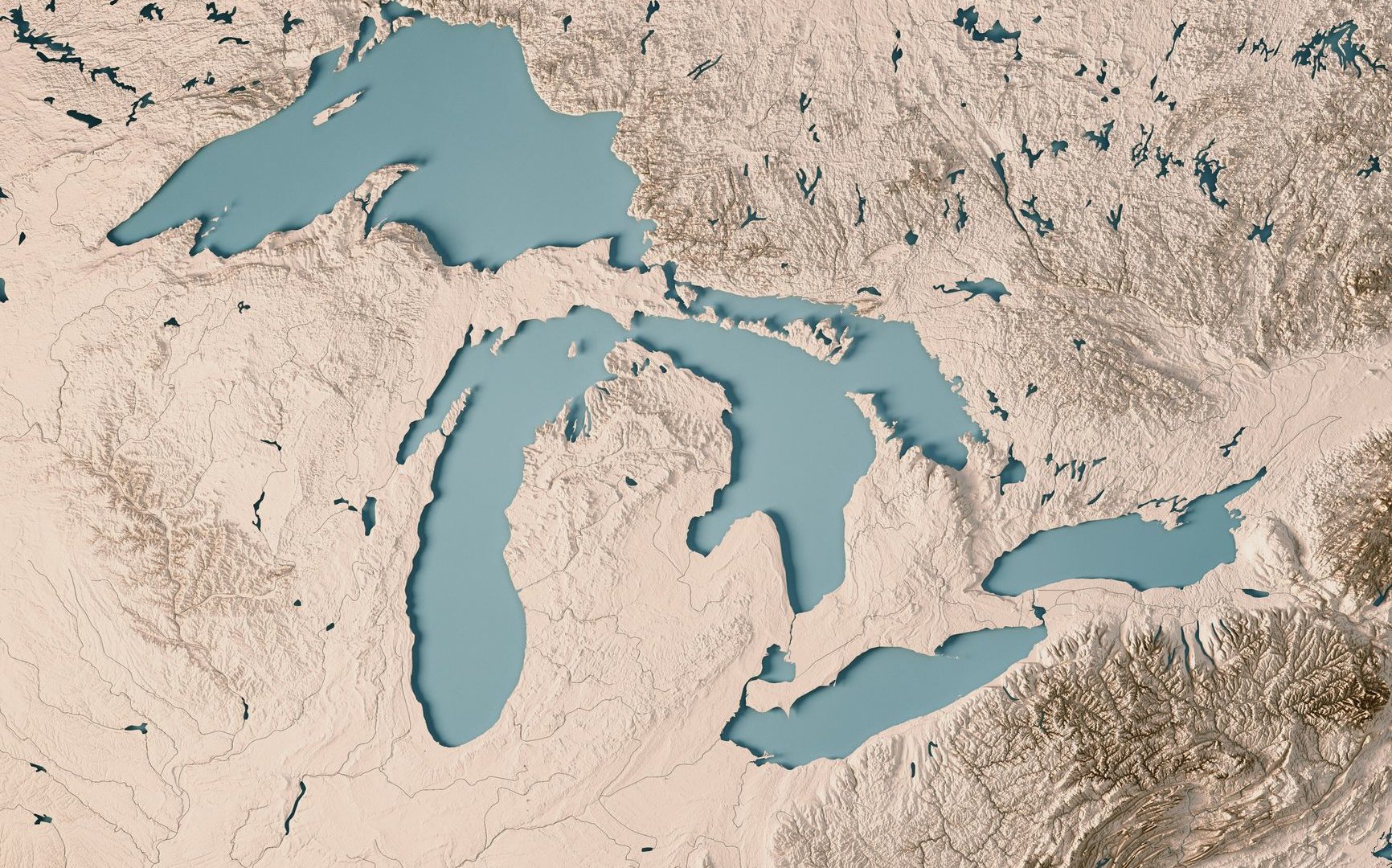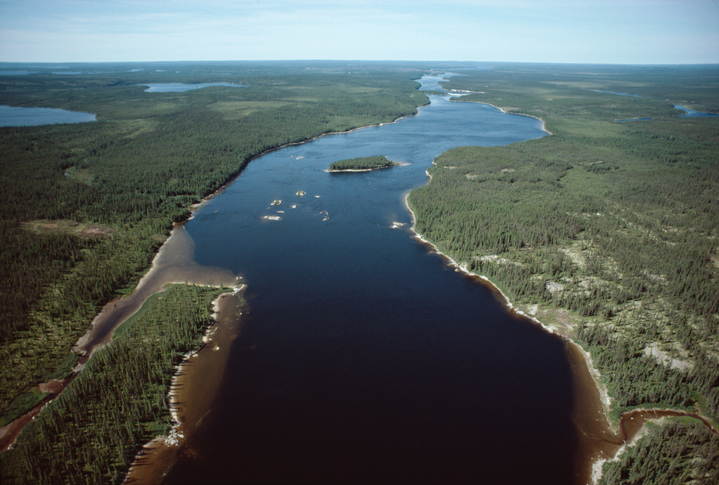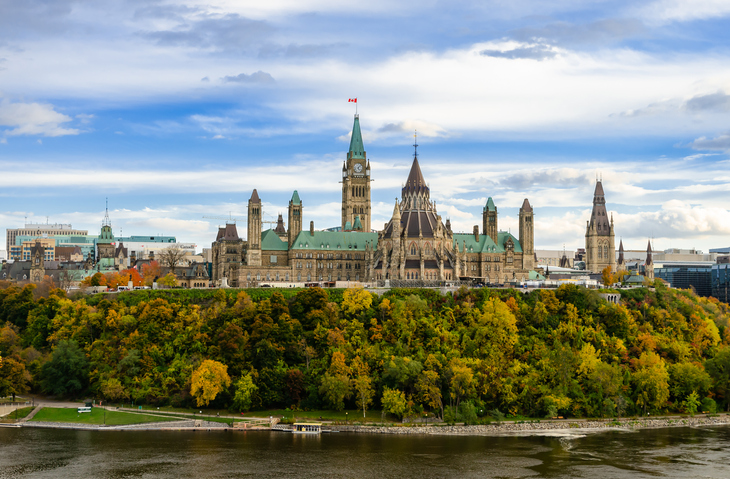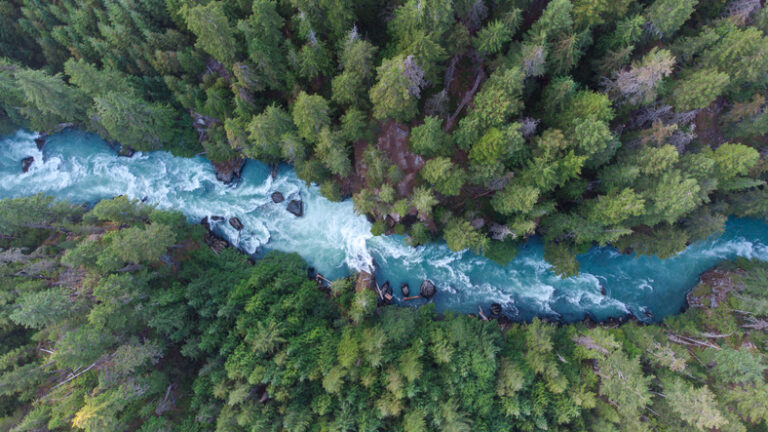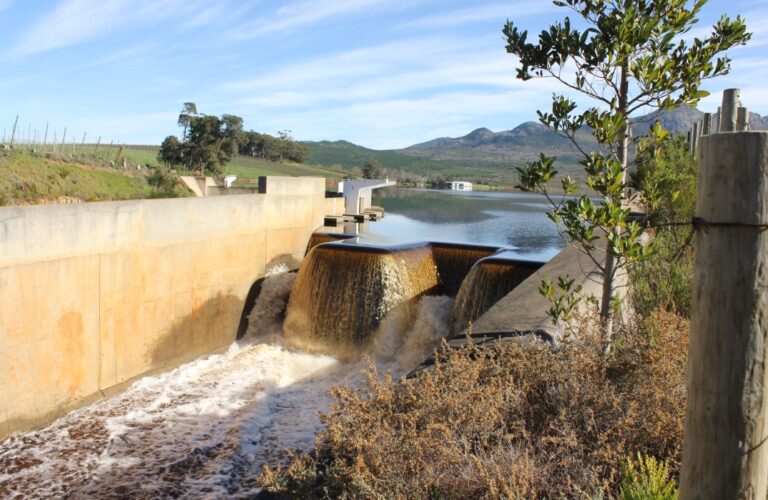The following five news stories on topics related to the Great Lakes were among the most read news stories on Water Canada’s website in 2019.
- Canada, Ontario Release Draft Agreement on Great Lakes Water Quality
A draft of the proposed Canada-Ontario Agreement (COA) on Great Lakes Water Quality and Ecosystem Health has been released by the Government of Canada and Government of Ontario. The new draft agreement is designed to advance action on key challenges facing the Great Lakes such as wastewater management, stormwater management, and pollution. It includes a new focus on road salt and plastic pollution. Read the full news story here.
- Managing Reservoirs for Water Quality Could Help Toxic Algal Blooms
According to new research from the University of Waterloo, managing reservoirs for water quality, not just flood control, could be part of the solution to the growth of toxic algal blooms in the Great Lakes, especially Lake Erie. Read the full news story here.
- Study Examines Impact of Pharmaceuticals on the Great Lakes
A new study by Pollution Probe and the Clean Water Foundation examines what is known about pharmaceuticals in the Great Lakes, their pathways, and impacts on Great Lakes aquatic systems and human health. Read the full news story here.
- Water Pollution May Be Keeping Invasive Silver Carp Out of Great Lakes
Invasive silver carp have been moving north toward the Great Lakes since their accidental release in the 1970’s. The large filter-feeding fish threaten aquatic food webs and the $7 billion Great Lakes fishery. But, for the past decade, the invading front hasn’t moved past Kankakee. A new study, led by scientists at the University of Illinois, suggests that Chicago’s water pollution may be a contributing to this lack of upstream movement. Read the full news story here.
- Governments can Prevent PFAS Pollution in Great Lakes: Report
As communities across the Great Lakes region grapple with contaminated drinking water due to toxic PFAS chemicals, a new National Wildlife Federation report outlines how state and federal officials can and should set clean water protections. The report also outlines how officials can support water infrastructure investment and back cutting-edge research to prevent and remediate insidious PFAS pollution. Read the full news story here.

